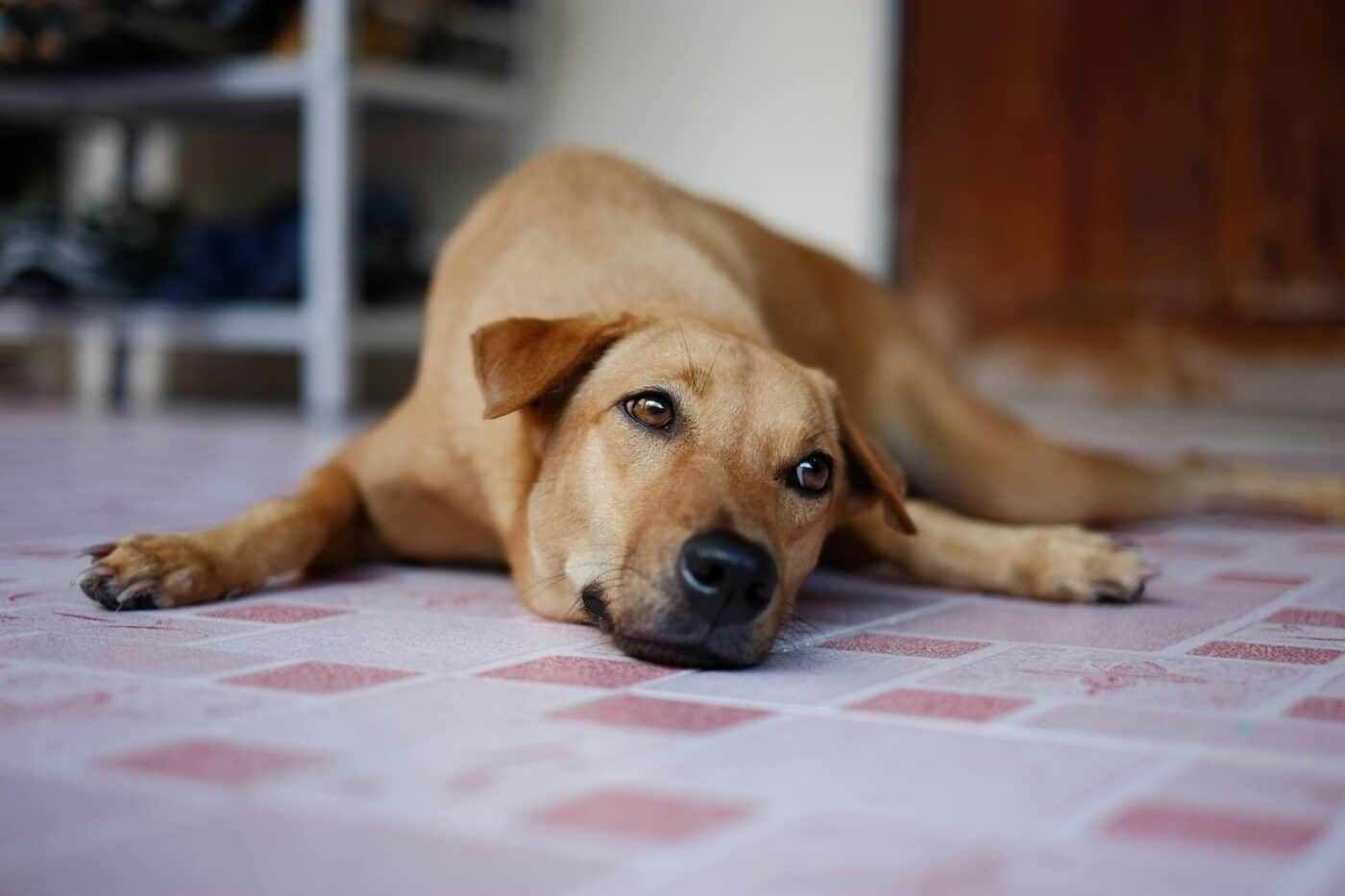 Shutterstock
Shutterstock
Many dog owners are startled when they notice their dogs sleeping with their eyes partly or fully open. While it may seem odd, this behavior is more common than it appears and serves several important functions in a dog’s life. From ancient survival instincts to biological and neurological factors, there are multiple reasons why dogs may sleep with their eyes open. Understanding these reasons provides insight into their natural behavior and well-being, helping pet owners feel more comfortable witnessing this seemingly strange but fascinating trait.
A Remnant of Wild Survival Instincts
 Shutterstock
Shutterstock
One surprising reason dogs sometimes sleep with their eyes open is rooted in their wild ancestors. Dogs and wolves had to remain alert to potential dangers while resting in the wild. Keeping their eyes open, or partially open, allowed them to monitor their surroundings for predators or threats while in a vulnerable state. Although domesticated dogs no longer need to worry about predators, this survival instinct still lingers, and it explains why many dogs retain this behavior when they sleep, especially in unfamiliar environments.
The Role of REM Sleep
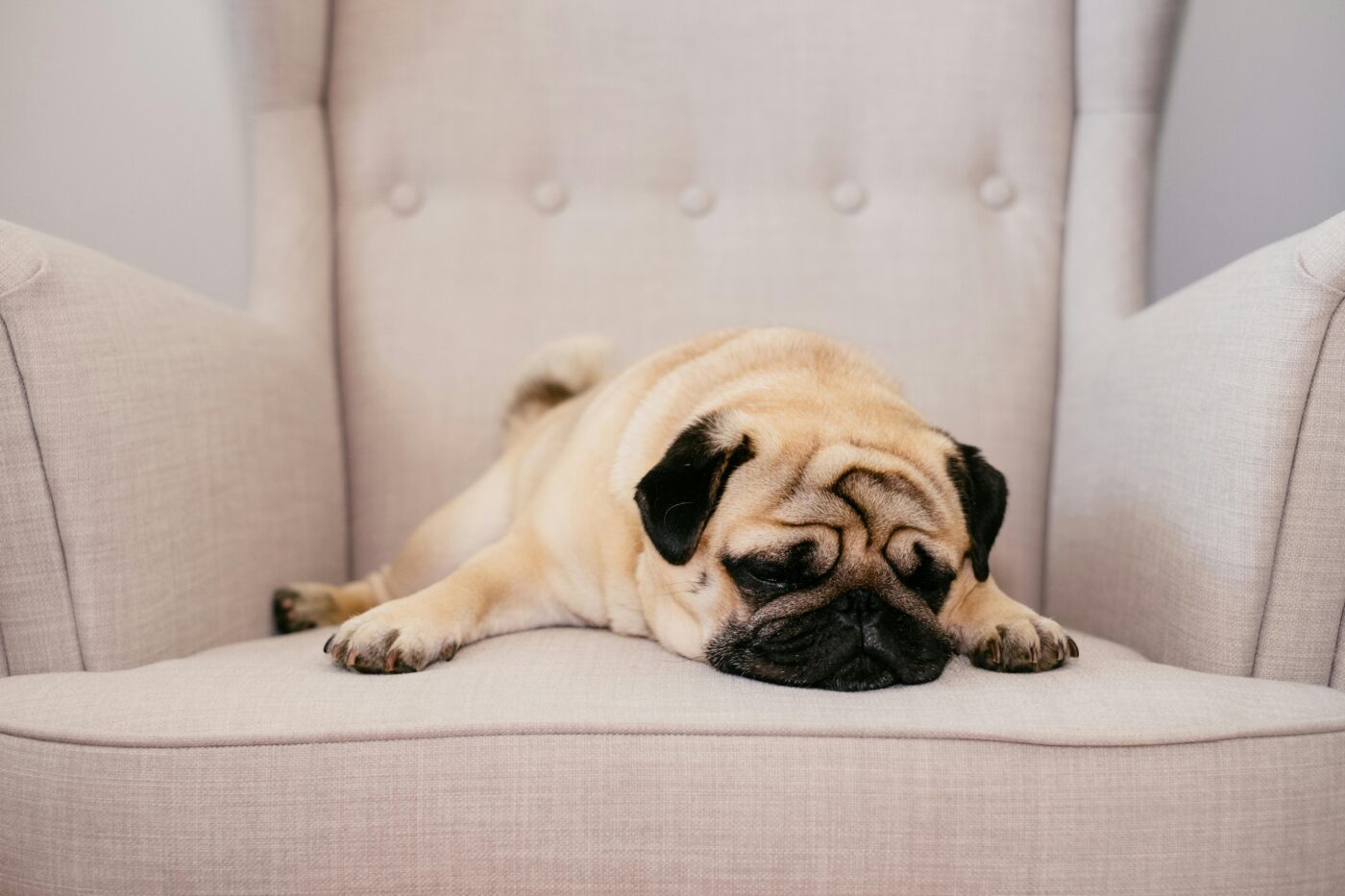 Shutterstock
Shutterstock
Dogs experience REM (Rapid Eye Movement) sleep just like humans, and during this phase of deep sleep, their bodies are relaxed, but their minds remain active. During REM sleep, dogs may keep their eyes partially open, often leading to the appearance of rapid eye movement beneath the eyelids. This can make it look like a dog is awake or alert, even though they are deeply asleep and dreaming. REM sleep is a crucial phase in a dog’s rest cycle, helping them process the day’s activities and store memories, and keeping their eyes open is part of this process.
Neurological Reasons
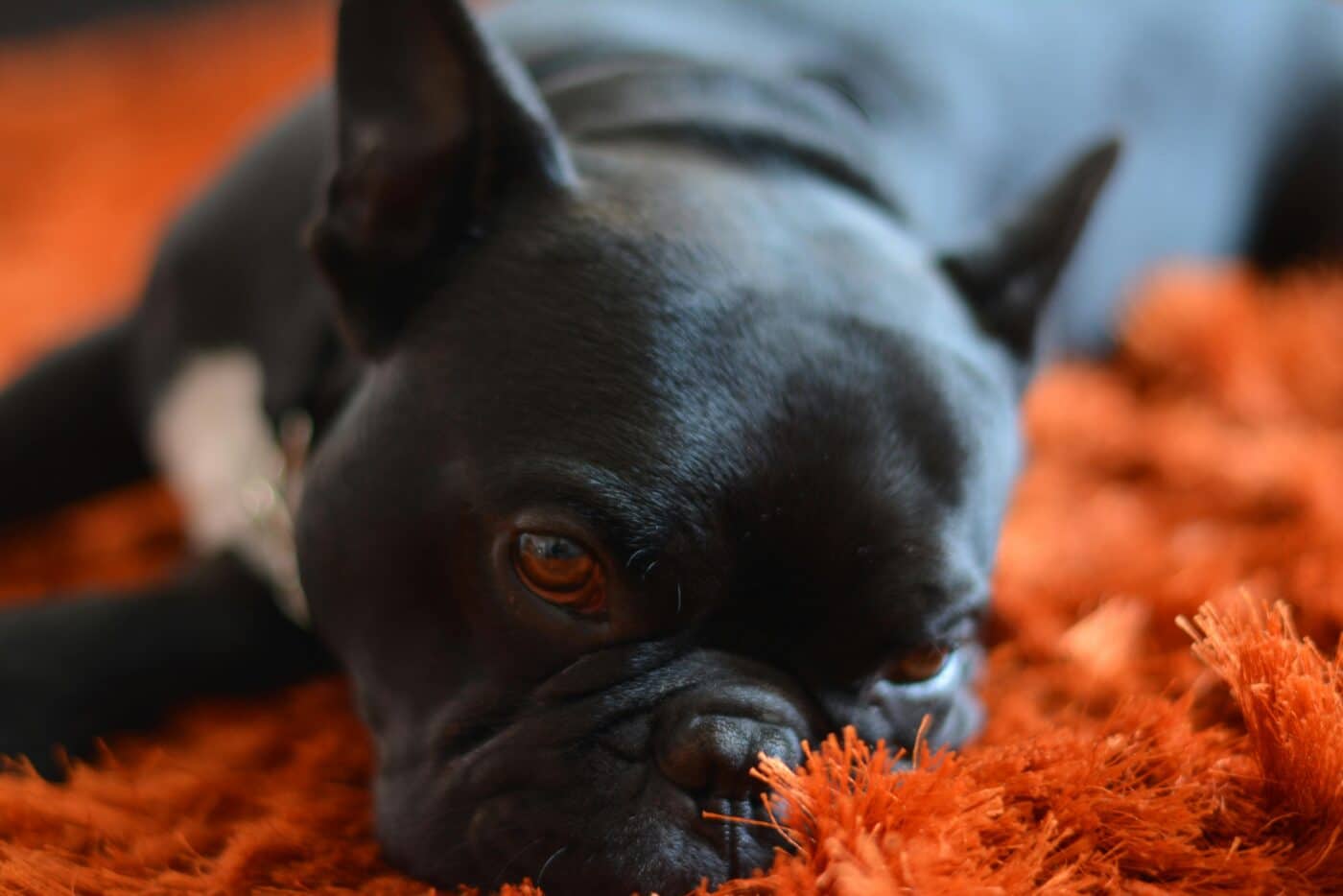 Shutterstock
Shutterstock
There are also neurological reasons why some dogs sleep with their eyes open. Certain neurological conditions, such as seizures or muscle disorders, can cause dogs to sleep with their eyes partially open. While this is less common, dogs that display this behavior frequently or exhibit other unusual signs, like twitching or spasms, may benefit from a veterinary examination to rule out any underlying health issues. Neurological factors are typically harmless in most cases, but they can sometimes be indicators of more serious conditions, making it important to monitor the frequency of this behavior.
A Protective Measure
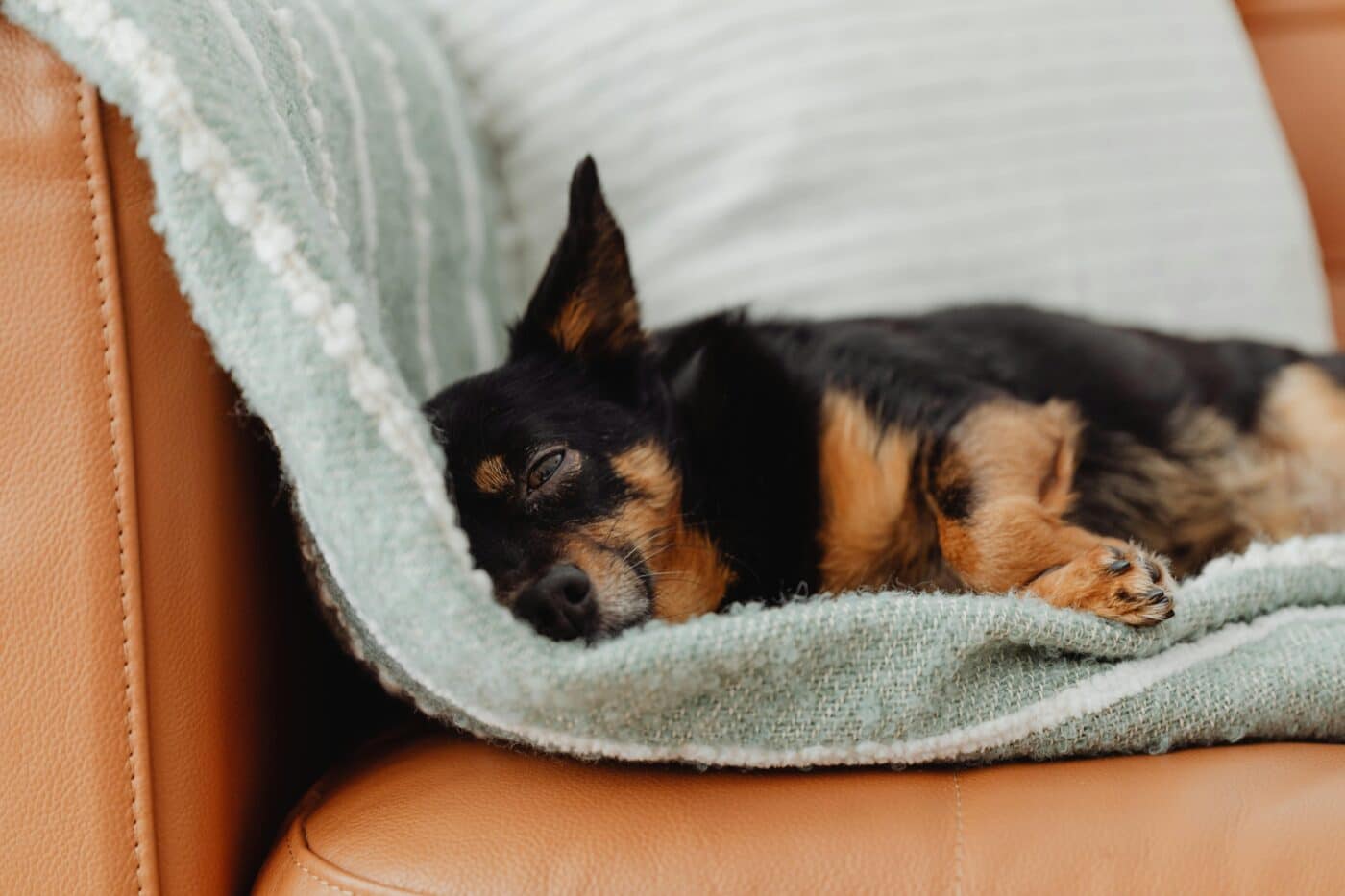 Shutterstock
Shutterstock
Dogs are naturally protective of themselves and their environment, and sleeping with their eyes open may serve as a way to stay alert to any potential threats. By keeping their eyes open while they rest, dogs can maintain vigilance that allows them to react quickly to changes in their surroundings. This protective behavior is especially common in dogs that are naturally cautious or protective, such as guard dog breeds. Even while sleeping, these dogs are instinctively ready to act if they detect a disturbance.
Partial Muscle Relaxation
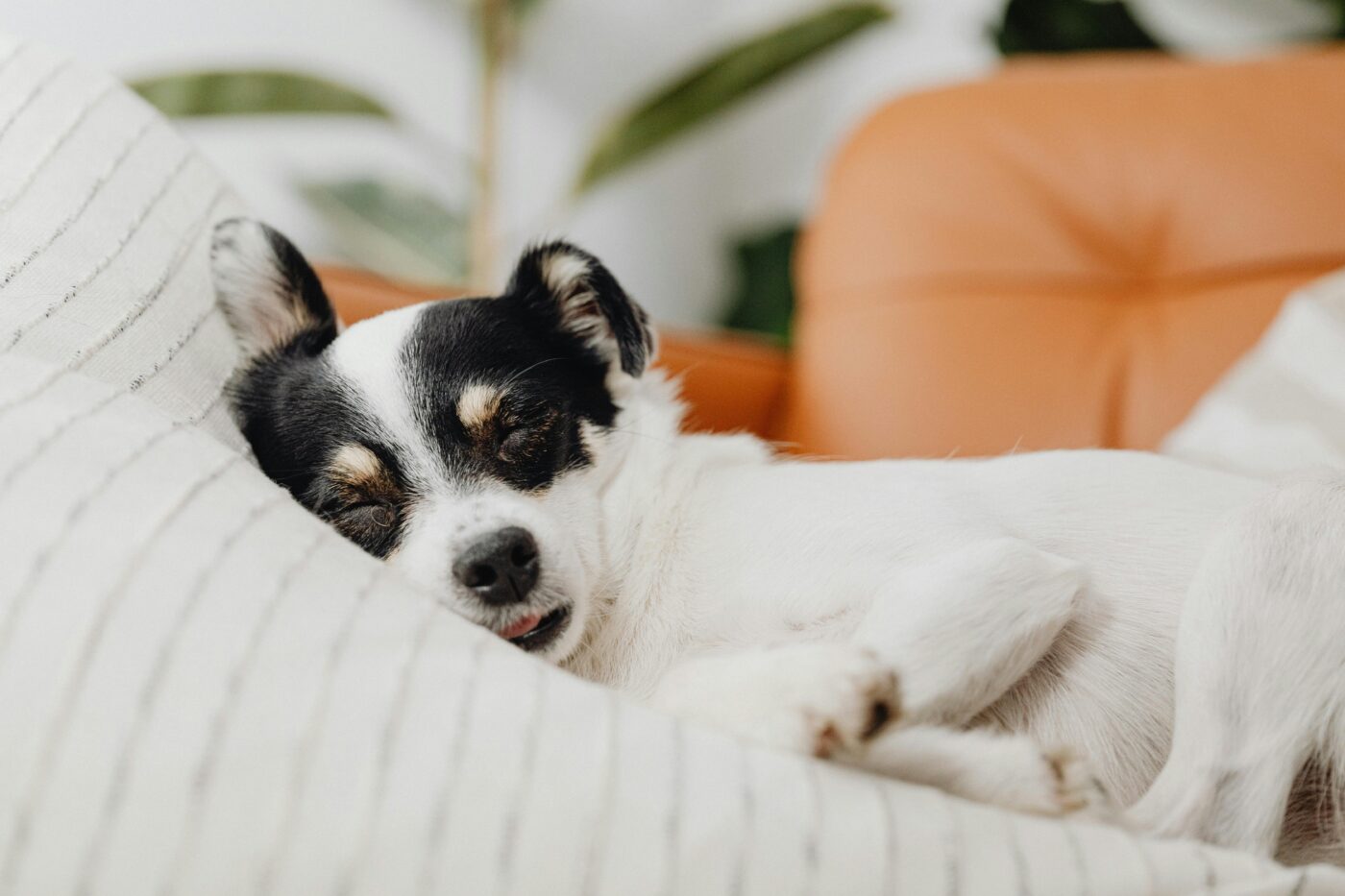 Shutterstock
Shutterstock
When dogs fall into a lighter phase of sleep, their muscles may not fully relax, which can result in their eyes remaining partially open. In these lighter stages of sleep, dogs are more easily woken and may keep their eyes open as part of a reflex to stay aware of their environment. As they move into deeper stages of sleep, their eyes may close completely. However, some dogs never fully close their eyes, even during deep sleep, due to partial muscle relaxation that affects their eyelids. This relaxed state is typically harmless and should not cause concern.
Dreaming and Eye Movements
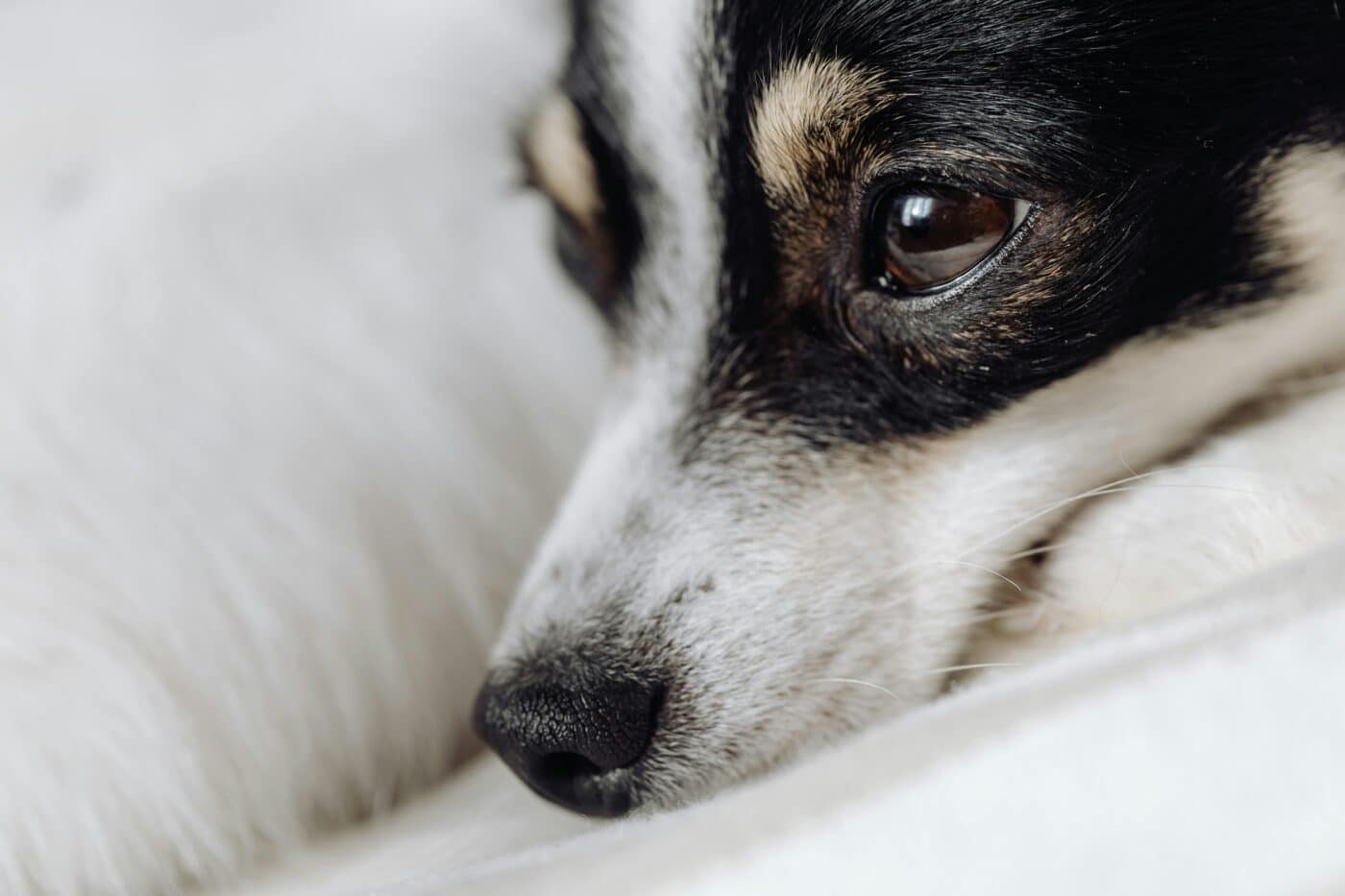 Shutterstock
Shutterstock
One of the most interesting facts about dogs sleeping with their eyes open is that it often happens when they dream. Dogs experience dreams during their REM sleep cycle, and their eyes may flicker or move while dreaming. When their eyes are open, you may notice their pupils shifting as if they are watching something. This movement is related to the dream state, where dogs may be chasing imaginary squirrels or reliving their day’s adventures. The visible eye movements during this sleep phase are a normal part of their dreaming process.
Evolutionary Advantage
 Shutterstock
Shutterstock
Sleeping with open eyes may offer dogs an evolutionary advantage, even in domestic environments. By keeping their eyes open, dogs can remain awake, which could deter potential threats from approaching them. This evolutionary tactic has also been observed in other animals, where appearing awake or alert can discourage predators or rivals. For dogs, this behavior may have carried over from their wild ancestors and now serves as a subconscious method of self-defense, even in the comfort of their home.
Sensitivity to Noise
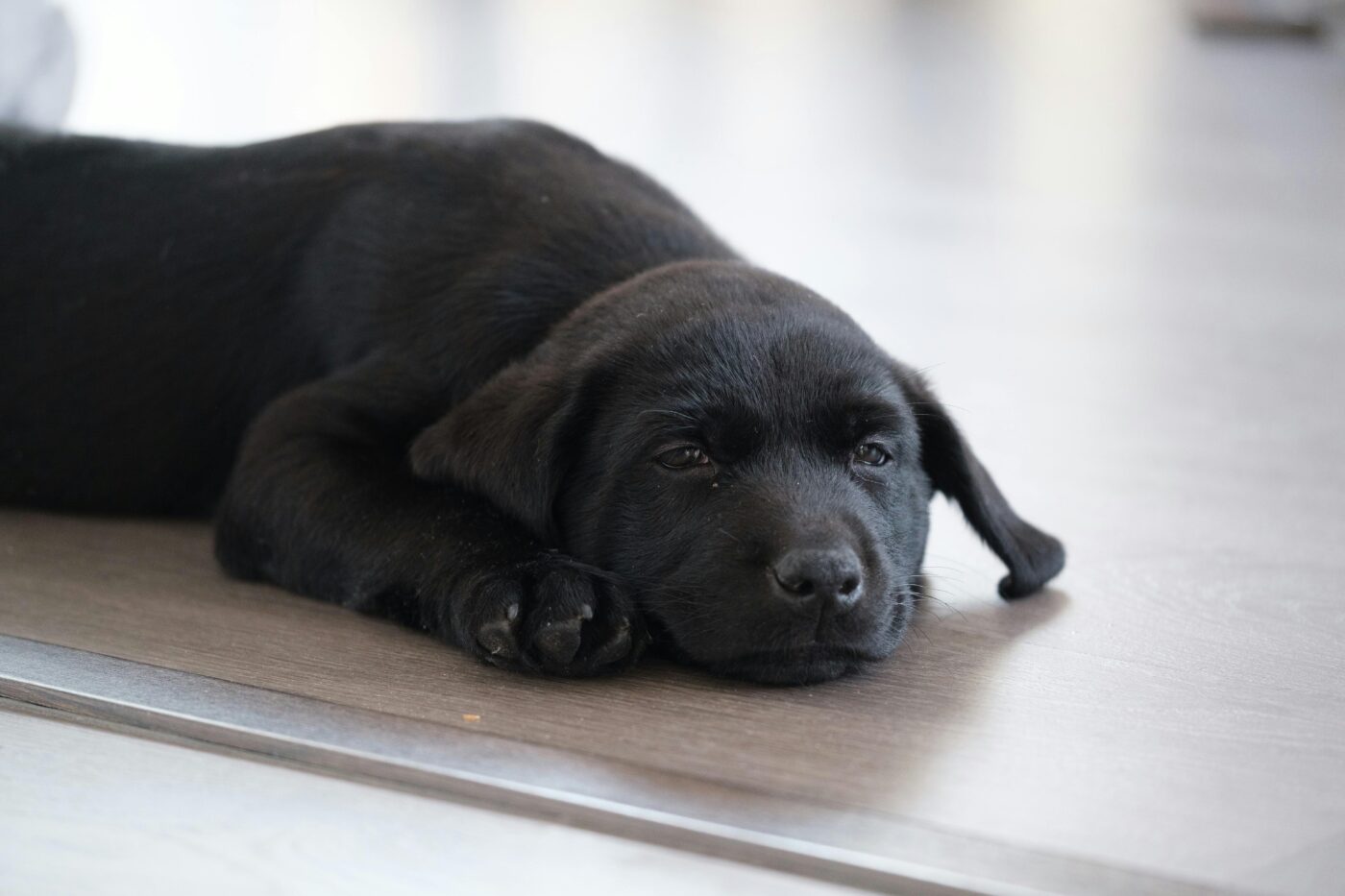 Shutterstock
Shutterstock
Dogs are highly sensitive to sounds, and their ears remain alert while sleeping. For some dogs, keeping their eyes open allows them to respond more quickly to environmental noises. If a dog hears a noise that piques their interest or makes them cautious, they may instinctively keep their eyes open, even as they drift off to sleep. This sensitivity to sound is particularly strong in breeds bred for guarding or hunting, where staying alert to the environment was crucial to their role.
Resting with One Eye Open
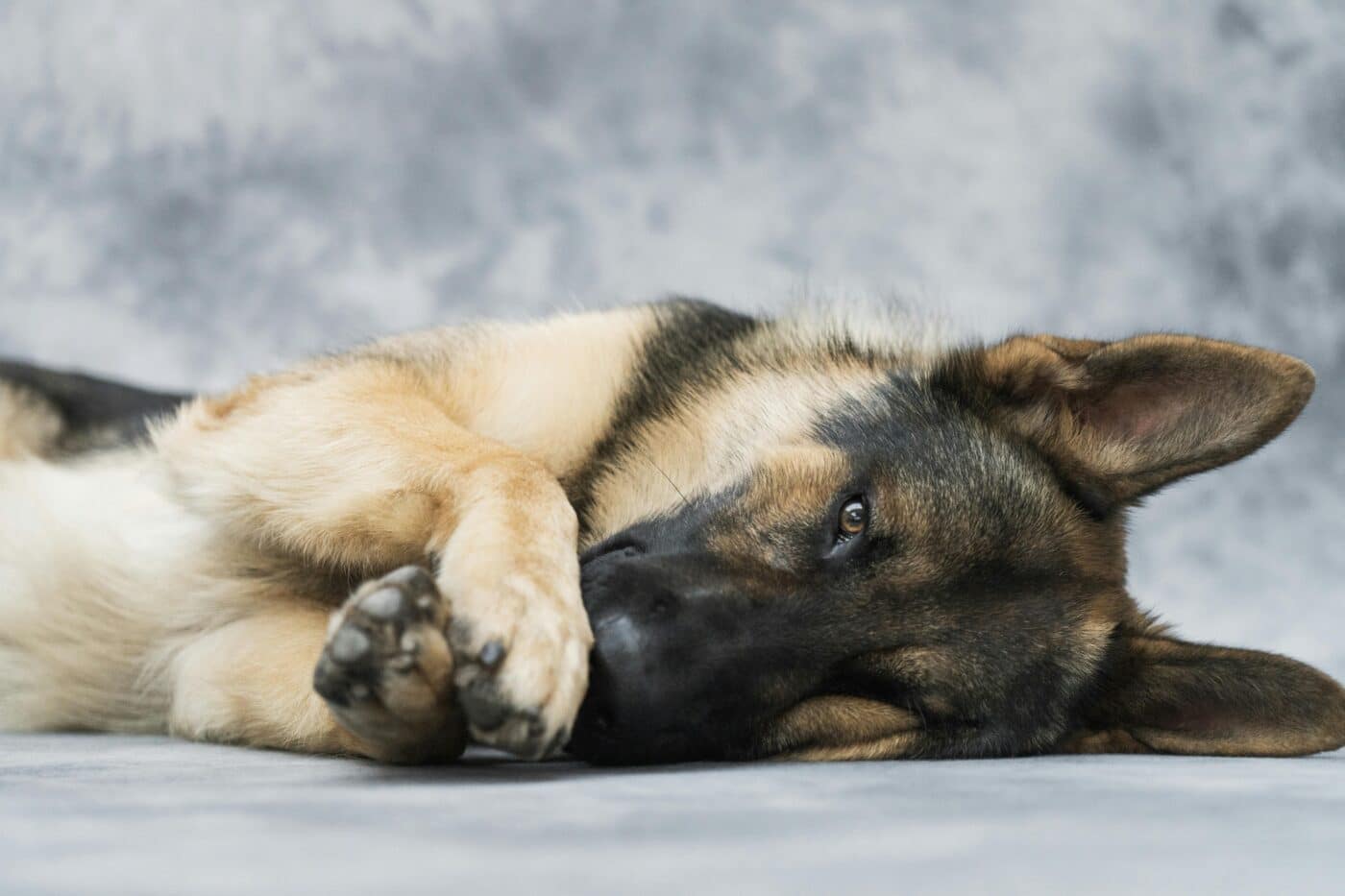 Shutterstock
Shutterstock
It’s common for dogs to sleep with one eye partially or fully open while the other remains closed. This phenomenon is known as unihemispheric slow-wave sleep, where one half of the brain remains active while the other half rests. This allows dogs to stay partially alert to their surroundings while still getting some rest. This behavior is seen more commonly in certain dog breeds, particularly those with a strong drive to protect their environment, such as herding and guard dogs. Sleeping with one eye open allows them to balance rest with vigilance.
Influence of Light
 Shutterstock
Shutterstock
The light level in a dog’s sleeping environment can also affect whether or not they sleep with their eyes open. Dogs that sleep in bright rooms or areas with much visual stimulation may find it more difficult to fully close their eyes. Instead, they may drift off to sleep with their eyes partially open to remain somewhat aware of their surroundings. A darker, quieter environment can encourage dogs to close their eyes fully, helping them relax into deeper sleep without light distraction.
Temperature Regulation
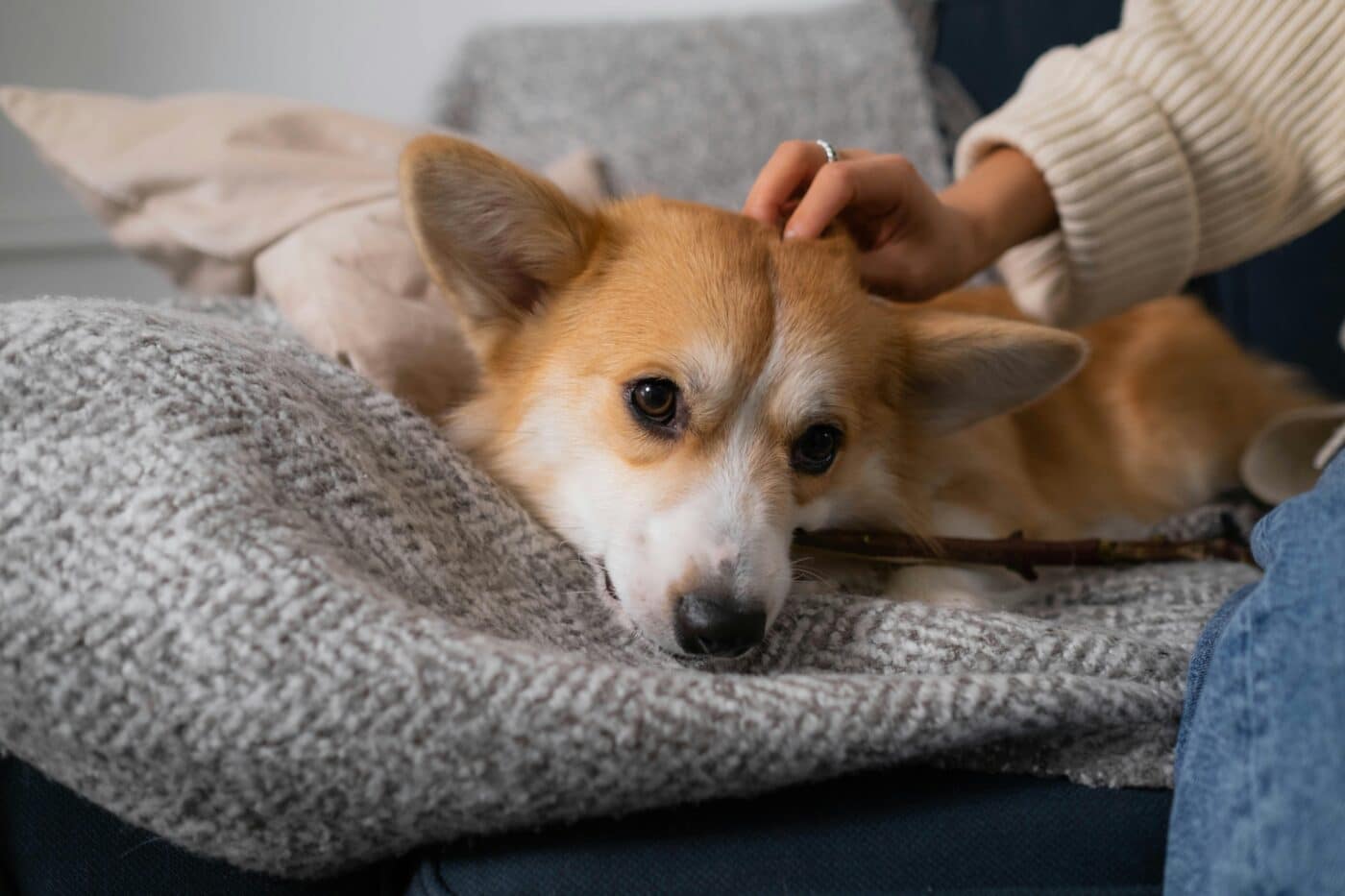 Shutterstock
Shutterstock
Dogs sometimes sleep with their eyes open to regulate their body temperature. When dogs sleep with their eyes open, it can help keep their bodies cooler by allowing heat to escape more easily. This behavior may be more common in dogs overheating or warmer climates. By leaving their eyes open, dogs can cool down more effectively, especially if lying in a well-ventilated area. For dogs prone to overheating, this can be a natural response to help maintain a comfortable body temperature while they rest.
Anxiety or Restlessness
 Shutterstock
Shutterstock
Dogs may sleep with open eyes when feeling anxious or restless. Dogs nervous or unsure of their environment may have difficulty relaxing, leading them to keep their eyes open while attempting to sleep. This can be seen in dogs new to a home, dogs recently experienced a stressful event, or dogs with separation anxiety. Addressing the source of their anxiety and providing a calm, secure space can help dogs feel more at ease and encourage them to close their eyes while they rest.
The Intrigue of Dogs Sleeping with Their Eyes Open
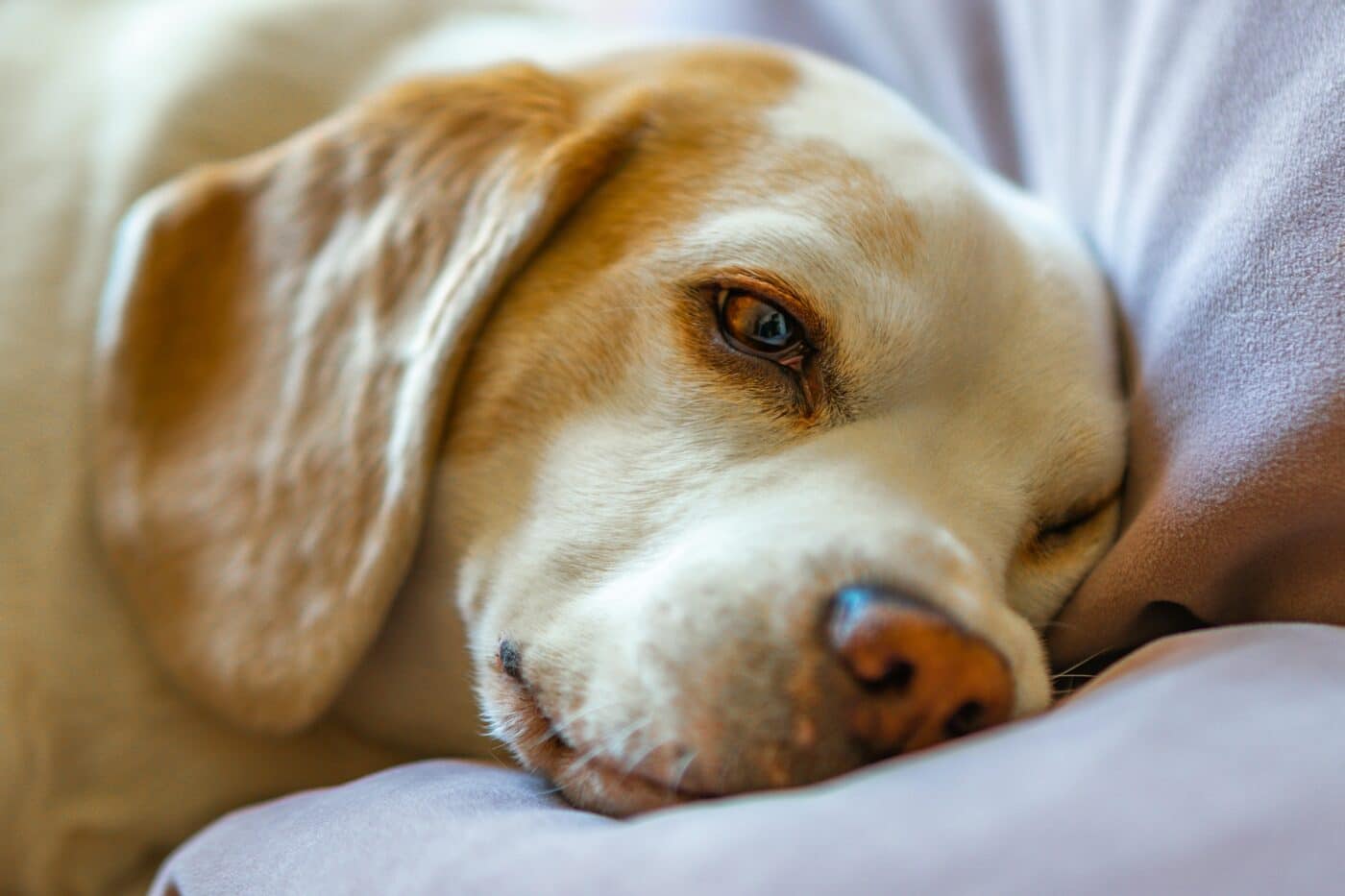
Dogs sleeping with their eyes open is a behavior that combines instinct, biology, and environment. While it can be surprising or concerning to dog owners, this behavior is usually harmless and rooted in their natural tendencies. Whether it’s tied to their survival instincts, neurological factors, or simply a quirky way of dreaming, dogs have fascinating reasons for keeping their eyes open during sleep. Understanding the reasons behind this behavior can offer pet owners valuable insight into their dog’s sleep patterns and overall well-being.
 Toledo, United States.
Toledo, United States.